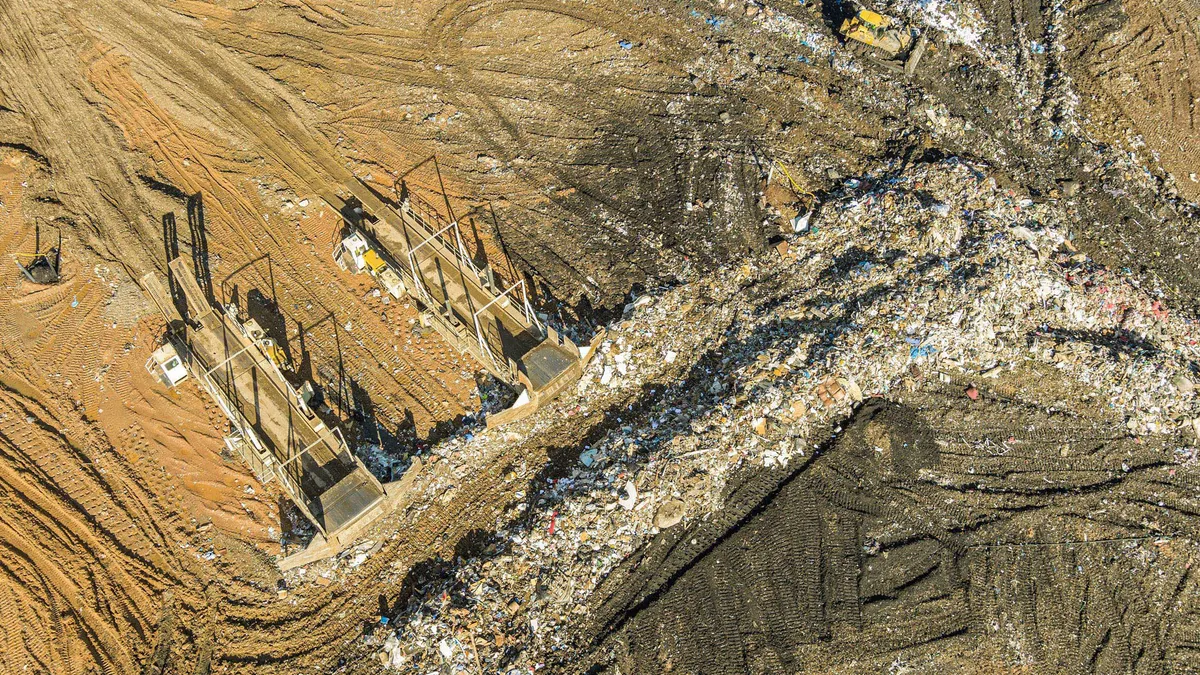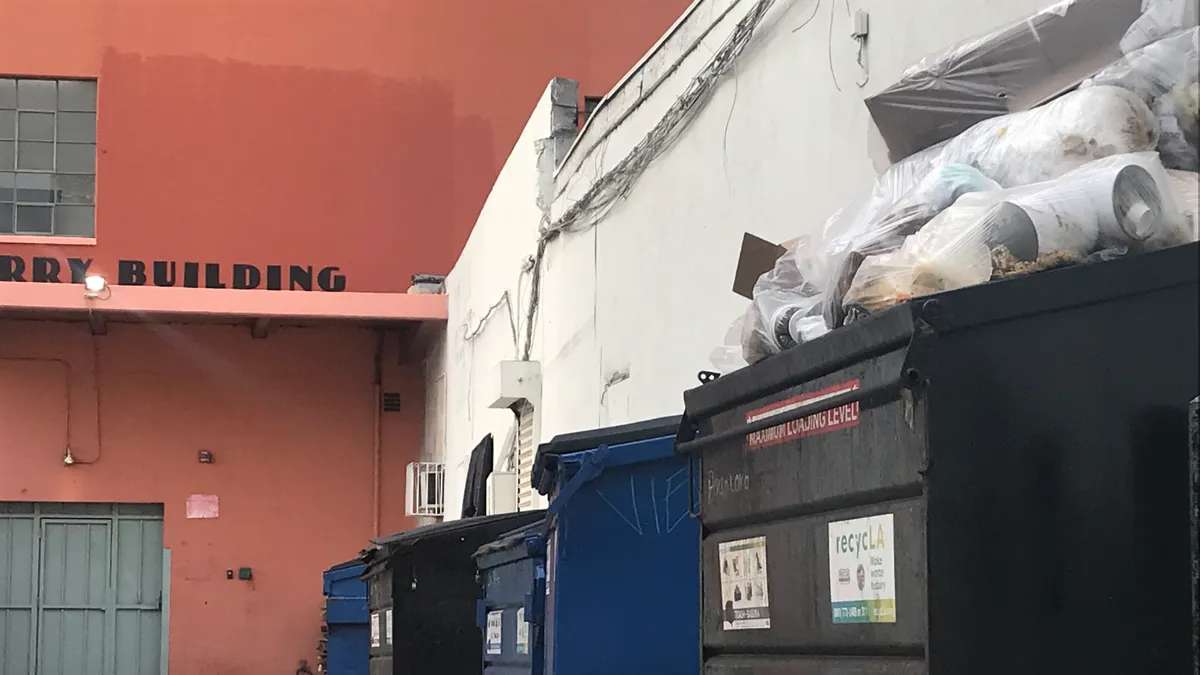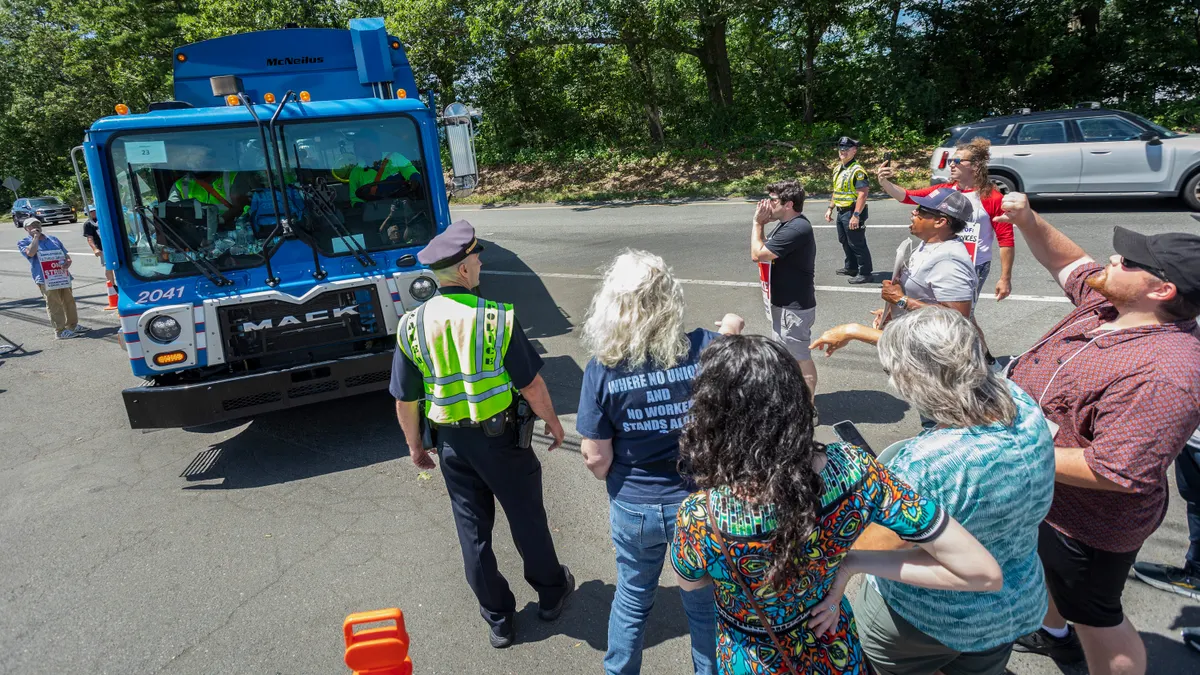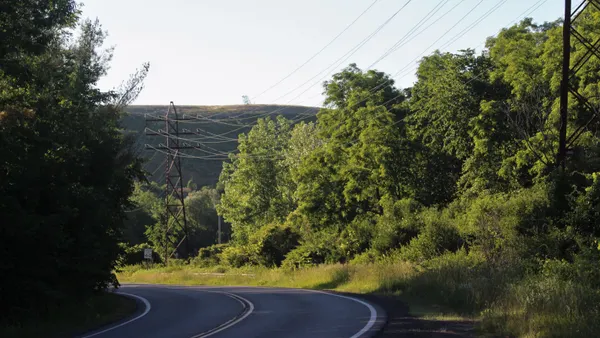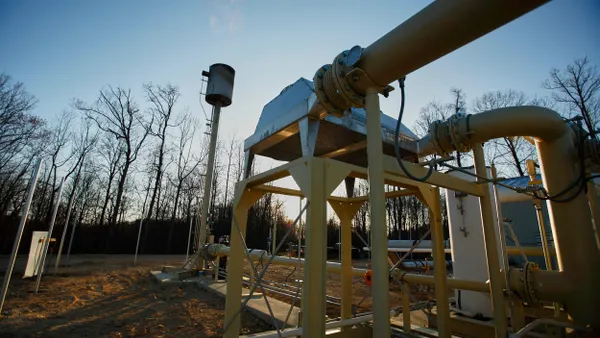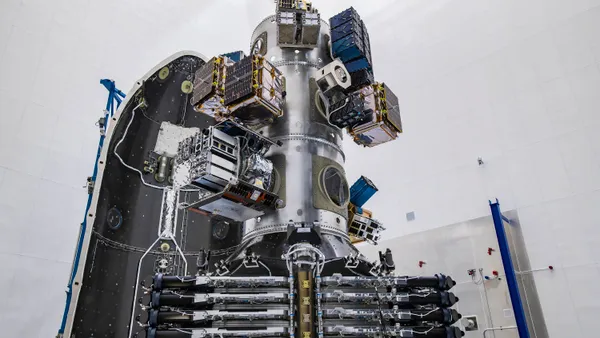Landfill operators face a variety of challenges when managing their facilities. Nearby residents may complain about odors or host communities may reject proposed expansions.
Yet the nation faces declining landfill capacity. Thousands of landfills have closed since the passage of the federal Resource Conservation and Recovery Act in 1976. As federal and state regulations have tightened in the years since, landfill operations have become more and more technical, with a growing morass of potential legal pitfalls.
Nevertheless, roughly half of the nation's municipal solid waste is still landfilled today, according to data from the U.S. EPA. Landfills have become big business, generating more than $28 billion in revenue across the public and private sector in 2024, per the Waste Business Journal. And despite strict regulatory hurdles, both local governments and private companies alike continue to propose new landfills around the country.
Waste Dive follows the latest trends and issues affecting landfill operations. We've compiled regular updates on to help you stay informed on top news from around the U.S. and Canada, which you can review here.

